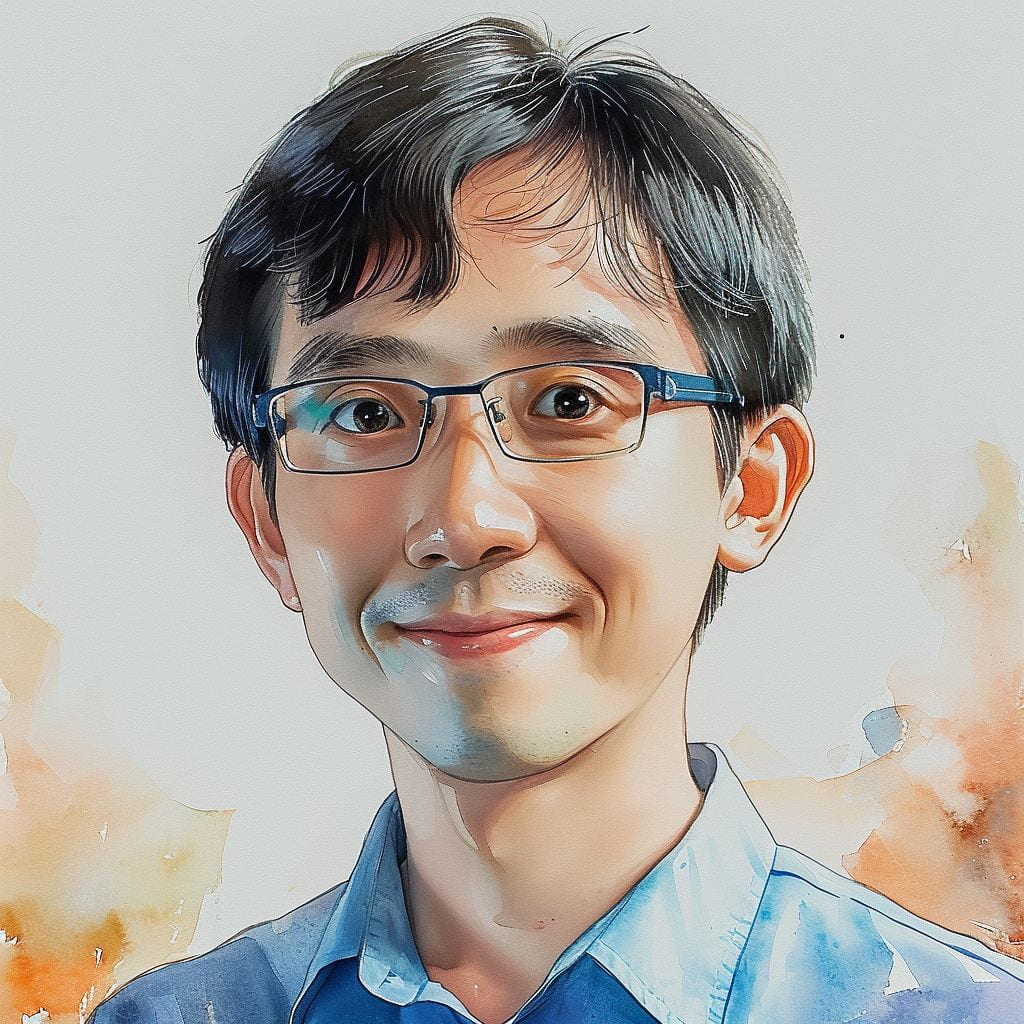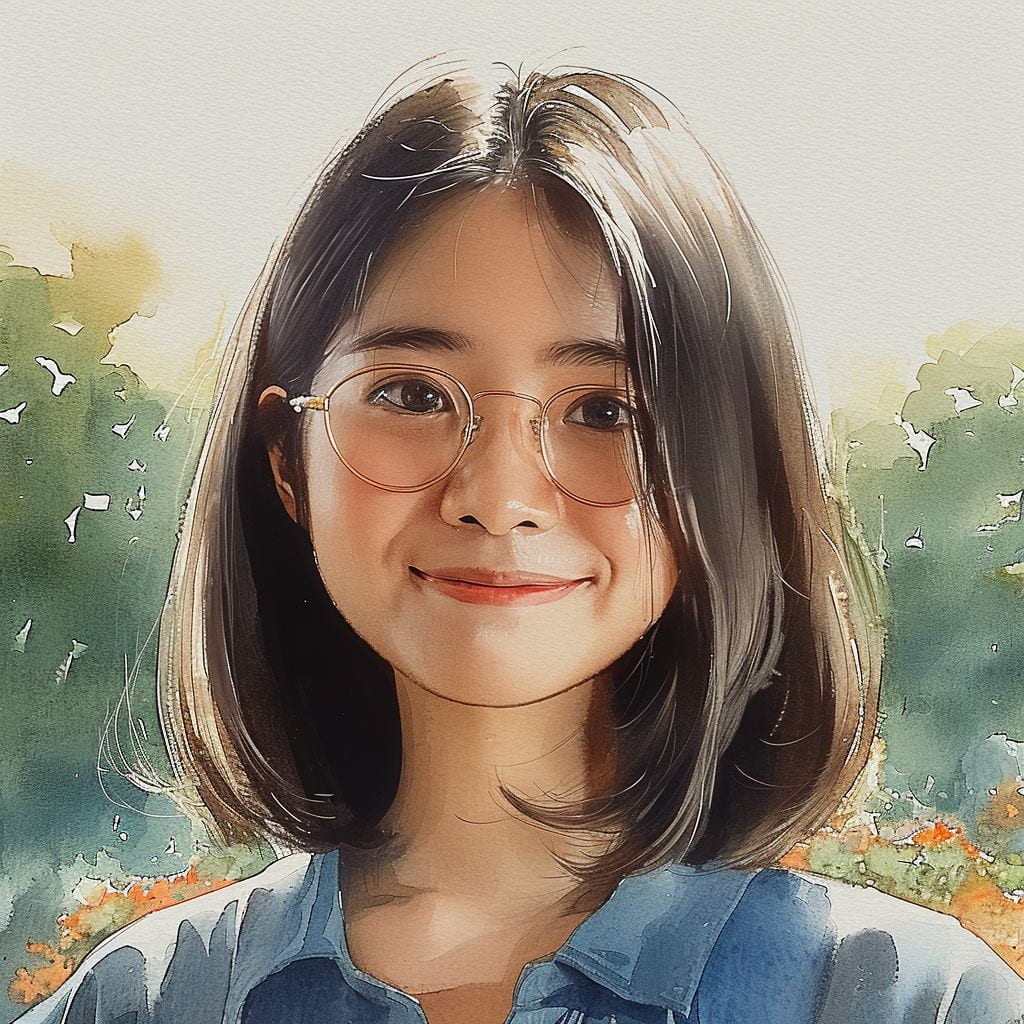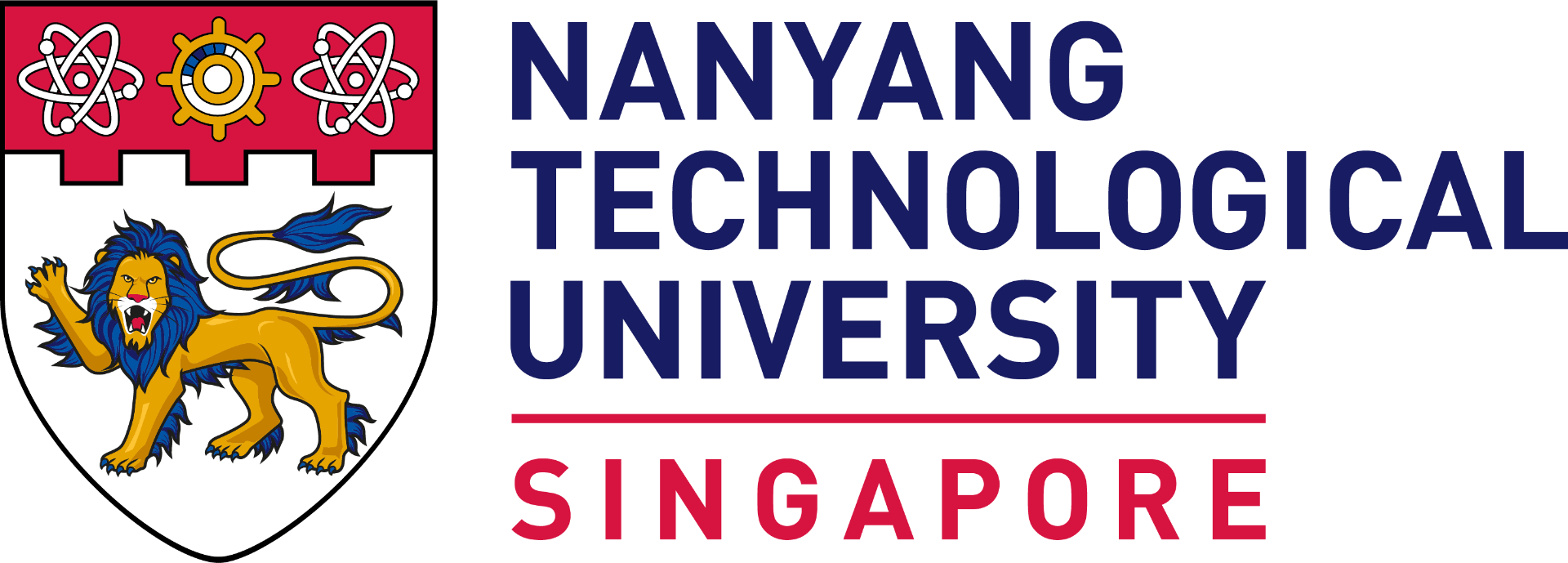See how NTU students from diverse fields experiment with artificial intelligence (AI) to push the boundaries of learning and redefine what is possible
by Tan Zi Jie, Kenny Chee + ChatGPT
IN TRADITIONAL CHINESE MEDICINE
The big idea
When two different Traditional Chinese Medicine (TCM) physicians see the same patient, they can have opposing views on the patient’s diagnosis and treatment plan.
To address this subjectivity problem, Kon Wen Xuan, a recent graduate from NTU with a double degree in Biomedical Sciences & Chinese Medicine, embarked on a research project harnessing AI in the third year of his five-year course. The project aimed to guide practitioners, particularly students and new professionals, on how to deal with diseases they are unfamiliar with.
“So a physician might just need to key in the symptoms and the AI can immediately predict a diagnosis for the patient and propose a prescription,” Wen Xuan explains.

Visual: DALL-E
“I have always been interested in learning AI and seeing how it can be applied in different areas. And I’m also interested in TCM.”
– Wen Xuan

The digital herbalist: PhD student Kon Wen Xuan married his interests in AI and TCM to explore TCM diagnostics through machine learning models.
AI pros & cons
Wen Xuan processed patient data from the NTU TCM clinic and used it to train machine learning models. He processed 50,000 records, of which about 9,000 were usable.
Transforming the raw information into a format readable by AI was a time-consuming task. He meticulously categorised symptoms to maintain consistency in data interpretation.
The AI was better at answering simple questions like whether the patient is “heaty” and predicting simple disease sub-categories. But it faced difficulties when things got more complex. Its reliance on the limited data it was fed also posed significant challenges.
The diversity of ailments in the data, totalling around 130 diseases, also raised concerns about whether there was enough data for certain illnesses.
Food for thought
Ethical considerations in AI use are paramount. “Who will take the responsibility if a patient is diagnosed wrongly?” Wen Xuan asks. He envisions the AI tool as a complementary reference to aid students and new TCM professionals, rather than as a replacement for practitioners.
He also emphasises the need for standardisation in training the AI. “An expert panel needs to determine and set a protocol on what data should be used and how we should train the AI,” says Wen Xuan.
What’s next
As Wen Xuan begins pursuing his PhD this year, he plans to refine his AI research, focusing on Type II diabetes. This disease’s prevalence and data availability in Singapore could address the data quantity issues he encountered in his undergraduate work.
There is interdisciplinary potential for the research too. “Western medicine practitioners can potentially use the AI tool to understand how TCM works and also do research in this area,” he says.
How we used ChatGPT
We ran drafts of each of the stories in this cover feature through ChatGPT, using it to condense, rewrite or edit paragraphs and sentences.
😊: ChatGPT swiftly explained technical concepts and did so accurately as the lines containing them were fact-checked with the real experts.
🤣: For one iteration of the TCM article, it kept associating TCM with magic spells and potions. It was hilarious.
How we used DALL-E
It visualised the students’ AI projects from text prompts.
😊: DALL-E offers an endless array of styles; try “lofi vibes” to get charming, aesthetic visuals.

Kenny

Zi Jie
This story was published in the Jan-Feb 2024 issue of HEY!. To read it and other stories from this issue in print, click here.

